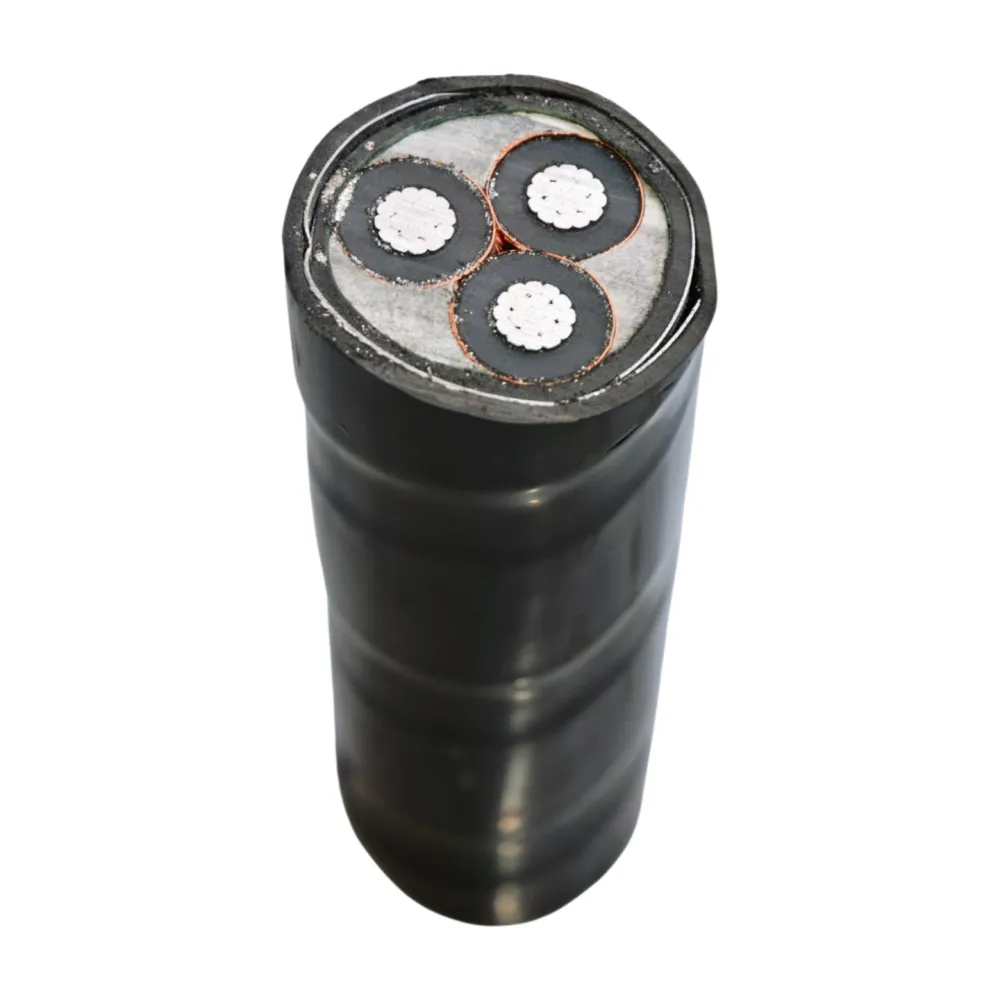Time: 2025-06-02 14:42:24 Source: Henan Province Jianyun Cable Co., Ltd.

Fire-resistant cables are engineered to maintain circuit integrity under fire conditions for specified durations. They incorporate specialized insulation and jacketing—such as mineral cores, mica tapes, silicone rubber, advanced fluoropolymers, or low-smoke zero-halogen compounds—to resist high temperatures, prevent flame propagation, and minimize toxic gas emission. Fire-resistant cables are vital for life-safety circuits, emergency lighting, communication lines in tunnels and high-rise buildings, and industrial installations where continued operation during a fire is critical. Key attributes include temperature endurance, limited combustion, and compliance with rigorous international standards. Applications span from hospitals and airports to petrochemical plants and mass-transit tunnels. Proper selection considers environmental factors, circuit requirements, and code compliance, while installation demands careful routing, support, and periodic inspection. Emerging trends focus on improved chemical resistance, thinner profiles, and enhanced performance under combined mechanical and thermal stress.
In modern infrastructure, maintaining power and communication during fire events is essential for safety and operational continuity. Standard cables often fail as insulation melts, conduits collapse, or flames propagate along combustible sheaths. Fire-resistant cables mitigate these risks by sustaining conductor functionality—carrying current or signals—while exposed to temperatures typically exceeding 750 °C. This article provides a technical overview of materials, design principles, types, certifications, and practical considerations for specifying and installing fire-resistant cables in demanding environments.
Fire-resistant cables are electrical or communication cables designed to maintain circuit integrity for a defined time period under standardized fire conditions (e.g., 90 minutes at 950 °C). They combine noncombustible or flame-retardant insulating layers with inorganic fillers to prevent short circuits, signal loss, or complete circuit interruption during a fire. Unlike ordinary flame-retardant cables that only limit flame spread, fire-resistant cables ensure powered systems—such as emergency lighting, fire alarms, or control circuits—remain operational when needed most.
Fire-resistant cable construction typically involves layering multiple materials around copper or copper-clad conductors:
In some designs, a metal sheath (e.g., copper or stainless steel) encapsulates the entire assembly to provide additional mechanical protection and act as a grounding path.
Construction: Multiple copper conductors packed tightly within a seamless copper tube, with magnesium oxide (MgO) powder filling voids. The copper outer sheath and inorganic MgO fill offer excellent fire performance and mechanical strength.
Characteristics:
Limitations:
Construction: Copper conductors insulated with crosslinked thermoset compounds (e.g., EPR or silicone), wrapped with one or more layers of mica tape, and finished with a flame-retardant outer sheath.
Characteristics:
Limitations:
Construction: Copper conductors with silicone rubber insulation and jacketing. Silicone’s elastomeric properties allow flexibility at high temperatures, while adding a mica or ceramic fiber interlayer can enhance fire performance.
Characteristics:
Limitations:
Construction: Copper conductors insulated with fluorinated ethylene propylene (FEP) or polytetrafluoroethylene (PTFE), often combined with mica tapes or ceramic fiber layers for fire resistance.
Characteristics:
Limitations:
Construction: Copper conductors with halogen-free, flame-retardant compounds for inner insulation and outer sheath. Often combined with mica tapes for additional fire resistance.
Characteristics:
Limitations:
Fire-resistant cables must comply with rigorous testing standards that simulate real-world fire conditions. Common certifications include:
Manufacturer data sheets typically specify temperature ratings, circuit integrity duration (e.g., 60, 90, 120 minutes), smoke emission class, and halogen content category.
Fire-resistant cables are indispensable in scenarios where uninterrupted power or signal transmission is critical to safety and emergency response:
Evaluate ambient temperature ranges, presence of ice or condensation, chemical exposures (oil, solvents, acids), and mechanical stresses (vibration, abrasion). For underground or tunnel installations, prioritize low-smoke zero-halogen jackets to reduce toxic gas hazards.
Determine voltage level, current load, and whether signal integrity (for data or control circuits) is critical. Select single-core or multi-core configurations with appropriate cross-sectional area. For high-current circuits, mineral-insulated cables offer superior ampacity in thin profiles.
Choose cables tested to maintain circuit integrity for the required duration (e.g., 60, 90, 120 minutes) under specified fire temperatures. Ensure manufacturer’s data sheet matches the building code or project specification.
In retrofits or tight conduit runs, silicone-insulated or mica-tape cables provide more flexibility than rigid mineral-insulated types. Conversely, in open tray or ladder installations without conduit, more robust outer jacketing may be prioritized over flexibility.
Verify compliance with relevant international (IEC, BS EN) and national (UL, NEC, NFPA) standards. Check for additional approvals like FM, LPCB, or VDS for specialized applications (e.g., fire alarm systems in North America or Europe).
Proper installation is crucial to preserving fire-resistant performance:
Innovations in fire-resistant cable technology focus on enhancing performance while reducing size and environmental impact. Key trends include:
Fire-resistant cables are a critical component of any life-safety, emergency, or high-value infrastructure. By leveraging materials like mineral cores, mica tapes, silicone rubber, advanced fluoropolymers, and LSZH compounds, these cables ensure circuit integrity during fire conditions, maintain communication and power to essential systems, and reduce hazardous smoke and gas emissions. Proper selection—based on environmental factors, circuit specifications, and certification requirements—paired with meticulous installation and maintenance practices, ensures reliable performance when it matters most. As material science advances, future fire-resistant cables will become more compact, smarter, and environmentally responsible, further enhancing safety in buildings, tunnels, industrial facilities, and transportation networks.
```